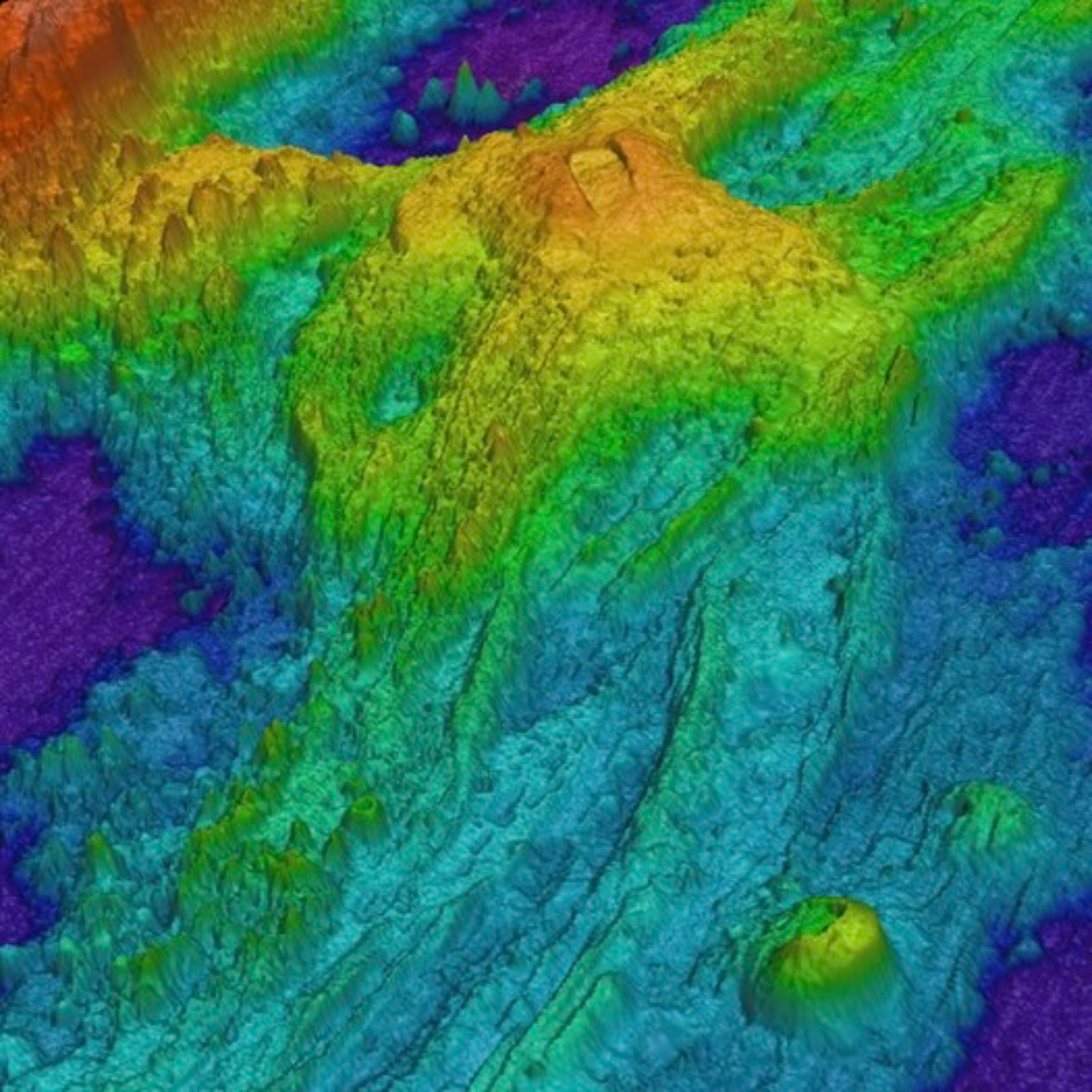Pacific’s Axial Seamount Underwater Volcano Forecast to Erupt in 2025
- Author
- Rob Jones
- Published
- Mon 03 Feb 2025
- Episode Link
- https://rss.com/podcasts/meteorology-matters/1878421
Impending Eruption of Axial Seamount Underwater Volcano
Summary:
Meteorology Matters looks at the Axial Seamount, an underwater volcano located approximately 300 miles off the coast of Oregon, is highly likely to erupt sometime in 2025. This prediction is based on decades of monitoring, a pattern of regular eruptions, and real-time data indicating the volcano is inflating as magma accumulates. While this eruption poses no direct threat to human lives due to its depth and distance from shore, it provides a unique research opportunity to improve volcanic forecasting and understand undersea volcanic processes.
Key Themes and Findings:
- Imminent Eruption:
- Multiple sources agree that the Axial Seamount is expected to erupt in 2025.
- William Chadwick, a geologist at the University of Oregon and a key researcher studying the seamount, is quoted in multiple articles stating the eruption is likely this year: "A year ago, Axial seemed to be taking a nap but now it’s waking up and we think it’s likely to erupt before the end of 2025," and "An eruption does not seem imminent, but it can’t do this forever,”
- The volcano's behavior (inflation and increased seismicity) mirrors patterns observed before previous eruptions in 1998, 2011, and 2015.
- Unique Monitoring Capabilities:
- The Axial Seamount is described as "the most active submarine volcano in the northeast Pacific" and "the most well-instrumented submarine volcano on the planet."
- It is monitored by a network of instruments and cables extending from the coast, providing real-time data. This includes seismometers, bottom pressure recorders, and the "Regional Cabled Array" which has more than 140 instruments.
- This extensive monitoring allows researchers to closely track the volcano's activity: "And so we actually have real time data from Axial Seamount, which is pretty unusual." - William Chadwick
- Scientists are able to track the volcano's inflation, a key indicator of an impending eruption: "The volcano has been inflating 'like a balloon' as molten rock accumulates within."
- Predictable Eruption Pattern:
- The Axial Seamount exhibits a "pretty repeatable pattern from one eruption to the next" according to Chadwick.
- Eruptions occur when the volcano reaches a specific level of inflation, making predictions feasible.
- Scientists successfully predicted the 2015 eruption based on these patterns. "The 2015 swelling allowed Chadwick...to predict that year’s eruption — “our best forecasting success,” he says."
- Non-Threatening to Humans:
- The volcano is approximately 300 miles off the Oregon coast and a mile underwater, meaning that any eruption poses no threat to people or boats on the surface: "If you were on a boat above the volcano, you wouldn't know at all that it had erupted." - Scott Nooner.
- Eruptions are "controlled" and are not expected to generate tsunamis. "The good news is that because the top of the volcano is still 4,500 feet below the ocean’s surface, it poses no danger to people."
- The type of eruption, forming pillow lava, is not explosive and results in oozing lava flow.
